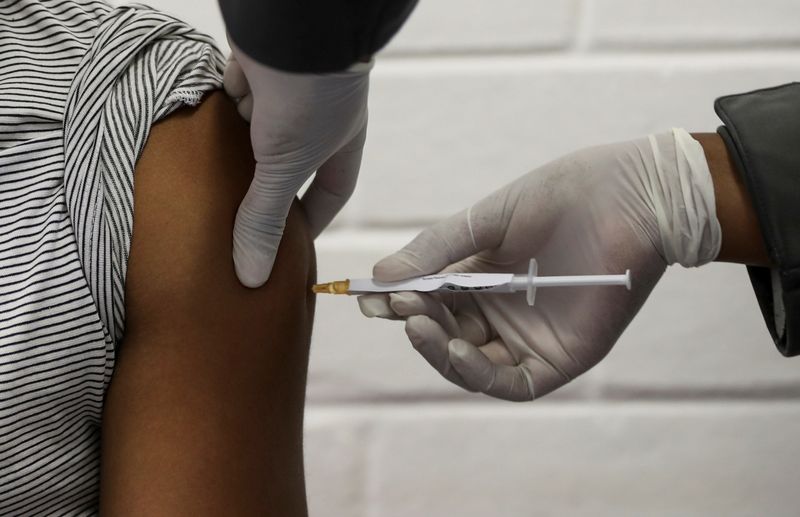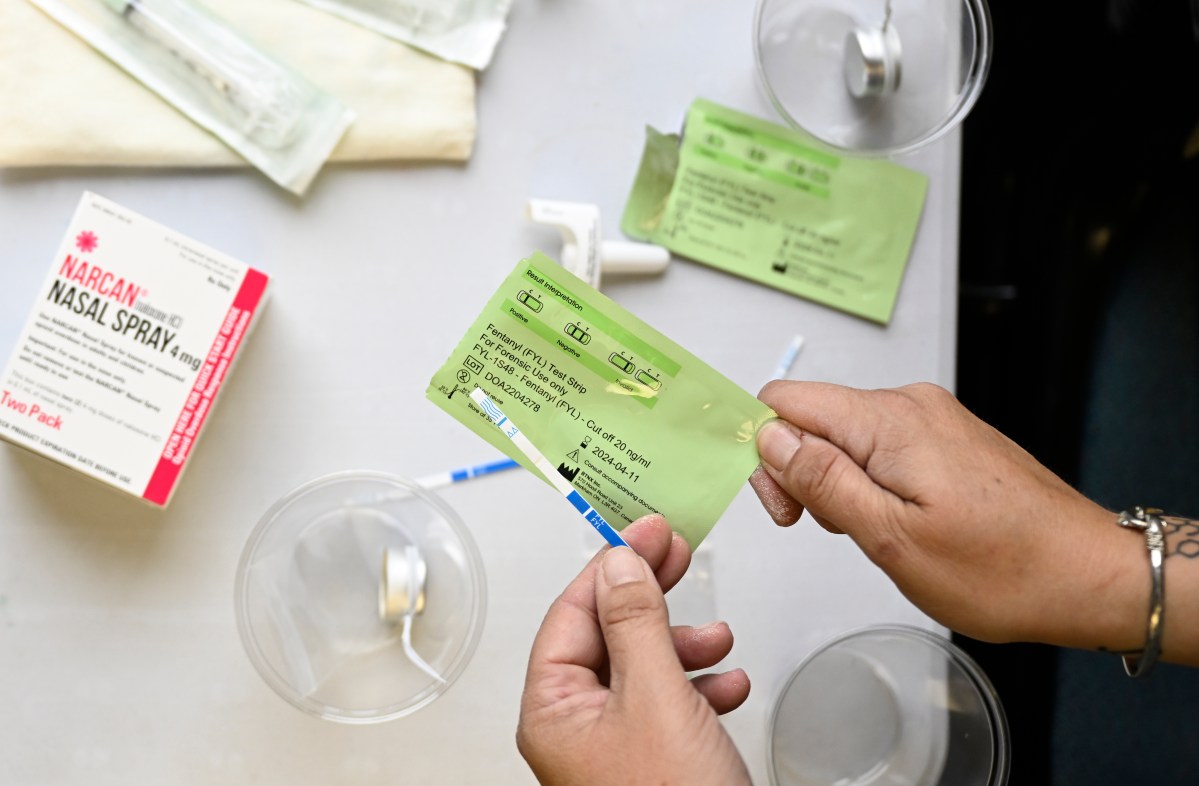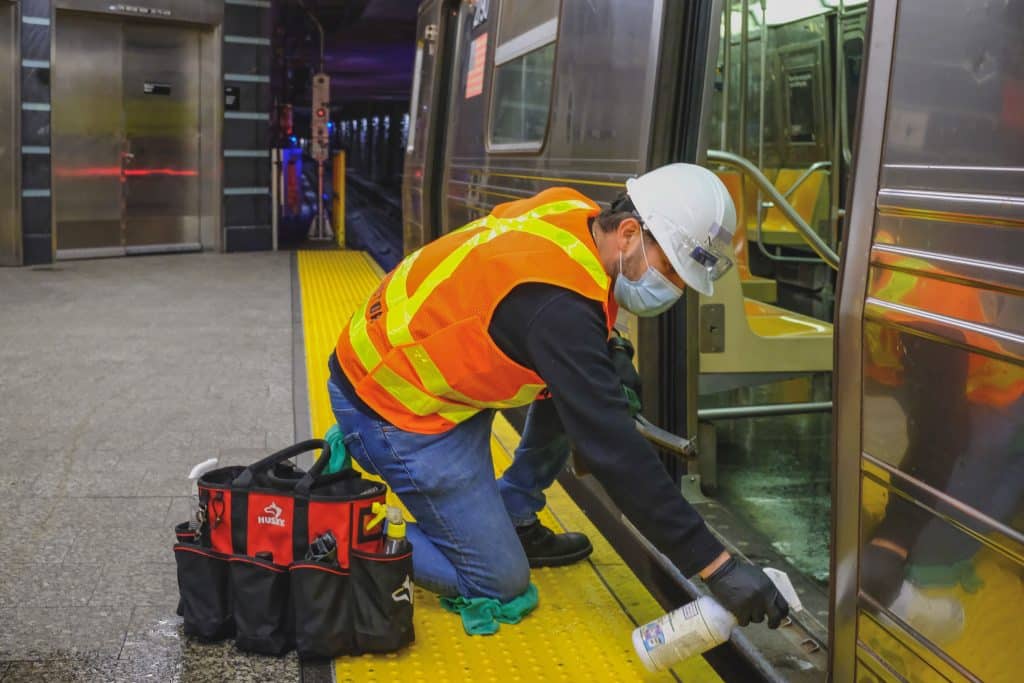NEW YORK(Reuters) – Drugmakers and research centers around the world are working on COVID-19 vaccines, with large global trials of several of the candidates involving tens of thousands of participants well underway. Some companies had suggested early trial data could be ready for release in October, but have since pushed that back to November and December.
The following is what we know about the race to deliver vaccines to help end the coronavirus pandemic that has claimed over a million lives worldwide:
Who is furthest along?
U.S. drugmaker Pfizer Inc with German partner BioNTech SE, and U.S. biotech Moderna Inc could have early data in November. Britain-based AstraZeneca Plc, in conjunction with University of Oxford, and Johnson & Johnson say they are on track to deliver data for their vaccines this year.
What happens in these trials?
The companies are testing their vaccines against a placebo – typically saline solution – in healthy volunteers to see if the rate of COVID-19 infection among those who got the vaccine is significantly lower than in those who received the dummy shot.
Why are data reports delayed beyond original predictions?
The trials rely on subjects becoming naturally infected with the coronavirus, so how long it takes to generate results largely depends on how pervasive the virus is where trials are being conducted. Each drugmaker has targeted a specific number of infections to trigger a first analysis of their data.
Pfizer, for instance, believes it may know if its vaccine works once 32 people contract COVID-19 in the 44,000-person trial, as long as the overwhelming majority of those infected had received the placebo.
But drugmakers have said an insufficient number of infections prior to the recent spikes in cases slowed their ability to present data earlier. Pfizer in October said it did not expect to have usable trial data until late November due to slow infection rates. It had previously suggested that would happen in October.
AstraZeneca said a slowdown in infections during the summer delayed its UK trial and that it expected to have results by the end of the year. Its timeline was also extended by a pause to investigate an illness in a UK trial participant.
After a slowing of infections in late summer and early autumn, COVID-19 cases were rampant again in October and early November, setting daily records in the United States and Europe as the weather cooled and people moved indoors. Experts have suggested that trial participants may also have been more careful to avoid contracting COVID-19 than the general population knowing they may have received a placebo.
How will we know if the vaccine works?
The United States, the European Union, the United Kingdom and the World Health Organization have all set similar minimum standards for effectiveness. Some regulators have said that vaccines must demonstrate at least 50% efficacy – meaning at least twice as many infections among volunteers who got a placebo as among those in the vaccine group. The European Medicines Agency has said it may accept a lower efficacy level.
When will regulators decide?
Regulators will review the vaccines after the companies have enough data to submit applications seeking emergency use authorization (EUA) or formal approval. The earliest they could decide is in December because Moderna and Pfizer/BioNtech do not expect to have enough safety data until the second half of November. U.S. regulators have asked that participants be watched for side effects for two months after receiving a final vaccine dose. AstraZeneca could provide a look at late-stage data by the end of the year. UK officials said there is a slight possibility they could decide on that vaccine in late December.
Regulators for Europe, the United Kingdom and Canada are considering data on a rolling basis, as it becomes available. They expect to do speedy reviews of initial data for possible emergency use before more traditional lengthy reviews for formal commercial approvals.
Could these be the first approved coronavirus vaccines?
Yes, although China and Russia are on a similar timeline. China launched an emergency use program in July aimed at essential workers and others at high risk of infection that has vaccinated hundreds of thousands of people. At least four vaccines are far along including from China National Biotec Group [CHNAPF.UL] (CNBG), CanSino Biologics and Sinovac. Sinovac and CNBG have said to expect early trial data as soon as November. Russia’s Gamaleya Institute has begun a 40,000-person late-stage trial and is expected to have early data in November. Russia has also given the vaccine to at least hundreds of “high-risk” members of the general population.
(Reporting by Carl O’Donnell in New York; Additional reporting by Julie Steenhuysen in Chicago, Michael Erman in New York, Ludwig Burger in Frankfurt, Alistair Smout in London and Polina Ivanovo in Moscow; Editing by Caroline Humer and Bill Berkrot)
























